
Go Dau Town. Photo: Hai Trieu
The tree name becomes the district name.
In “Trang Bang Phuong Chi”, author Vuong Cong Duc pointed out: “The first place called Trang Bang was the area in front of Nguyen Trai High School, behind the Post Office and the District Department of Natural Resources and Environment…”. In the 18th - 14th centuries, the majority of residents living in Trang Bang came from the Central provinces, mainly from Quang Ngai, Binh Dinh, and Hue. After hundreds of years of formation and development, Trang Bang has now become a town with 10 administrative units at ward and commune levels.
According to Wikipedia, the origin of the name Trang Bang is explained as follows: If according to etymology, "Trang" is a land with sparse woody trees, only grass can grow because it is a low-lying area flooded, and Bang (a type of plant similar to sedge) is a grassy plant used in weaving mattresses, found in abundance in this grassland, so people in the area often call it Trang Bang.
Trang in the past has now become one of the economically and culturally strong developing units of the province. Trang Bang is the locality with the most industrial zones in the province, including: Trang Bang Industrial Zone, Thanh Thanh Cong, Linh Trung III Export Processing and Industrial Zone, part of Phuoc Dong Industrial Zone. Trang Bang is also known by many tourists from near and far for its famous dishes of banh canh, banh trang phoi suong, or the traditional blacksmithing profession in Loc Trat, etc.
The name of Go Dau district also originates from the name of a tree species. In the 17th century, during the Trinh - Nguyen conflict, the civil war lasted for a long time, the people were starving, some Central compatriots left their hometowns to go to the South, to Can Gio, Ben Nghe... to make a living; some people continued to follow the river to the North, to Trang Bang land to reclaim land and settle down. Among them were 16 families in Nhat Tao village, including the families: Le, Nguyen, Tran, Cai, Truong... who followed the Vam Co river to a wild land with many oil trees on a high mound, they stopped to settle down here and named the village Go Dau.
Mr. Tran Hung Dung - former Head of the Department of Culture - Information of Ben Cau district further explained that in the past, in this area there were 2 places called Go Dau Thuong and Go Dau Ha. Go Dau Thuong was on the west bank of the Vam Co Dong River, formerly a wild land, dense forest, wild animals, surrounded by swamps, rivers and canals, in the middle of a high mound there were many oil trees, the size of 3-4 adults' arms. Go Dau Thuong is now An Thanh commune, Ben Cau district. In the commune there is also Ong's palace which was built on a fairly large scale with many ancient oil trees.
Go Dau Ha is a lower land area than Go Dau Thuong, located on the eastern bank of the Vam Co River, now a town in Go Dau district. In the past, the Go Dau Ha area also had many oil trees but they grew sparsely.
Many place names are only passed down through folklore.
In addition to the place name Cay Me Slope in Ward 1, Tay Ninh City, which has recently been mentioned by many people due to the incident of an ancient tamarind tree falling, there are many other places in Tay Ninh province that are only known among the people.
Talking about Mit Mot intersection, Hiep Tan ward, Hoa Thanh town, Mr. Nguyen Quoc Viet - former Vice President of Tay Ninh Literature and Arts Association, who has many years of research and study on culture, history, religion in Tay Ninh and has written about this place, said: “A coffee shop owner at Mit Mot intersection, who claims to be the great-grandson of the landowner in this area, said: in the past, there was a jackfruit tree with a lot of fruit. Every jackfruit season, people had to be hired to pick and take it away. The fruit was so abundant that people around thought it was a “unique” jackfruit tree, a “number one” jackfruit tree, from which the place name Mit Mot was formed”.
Mr. Tien, 60 years old, lives near the Mit Mot intersection, said that when he was a child, he did not see the jackfruit tree here. According to his grandparents, the jackfruit tree was there during the French colonial period, and was later cut down, no one remembers when.
Similarly, in Ward 3, Tay Ninh City, there is still a place called Bong Dau intersection, which is currently the intersection of Cach Mang Thang Tam Street and Hoang Le Kha Street. According to many elderly people, in the past, near the intersection there were 3 quite large oil trees, some people hollowed out the tree trunks to get oil for fuel, to make bottled oil to coat boats. Over time, the hollowed out place became a rather large hole, the locals called this place Bong Dau intersection.

Trang Bang Industrial Park. Photo by Hai Trieu
Ms. Pham Ngoc Trinh, over 60 years old, living near Bong Dau intersection, recalls that more than 30 years ago, due to the upgrading and expansion of Cach Mang Thang Tam Street, the oil trees were cut down. The location of the oil trees is now a coffee shop, a restaurant, near Le Ngoc Tung Hospital.
Also on Cach Mang Thang Tam Street, across Ward IV, Tay Ninh City, there is a place called Cay Go. Mr. Lien Van Minh, 70 years old, living near the Cay Go area, recalls that after the liberation of the South on April 30, 1975, he returned to Tay Ninh to live. At that time, near the beginning of alley 68, Cach Mang Thang Tam Street, there was a rather large, truncated, about 4m high, hollow go tree. The go tree was located on the land of Mr. Bay Hon's family. About 30 years ago, when Cach Mang Thang Tam Street was invested in upgrading and expanding, the go tree was cut down. After that, Mr. Hon transferred this land to another place to make a living. The land where the go tree used to be is now a neighborhood with many luxury shops.
“The Go tree is no longer there, but many people still know the place. Recently, some of my younger siblings from Ho Chi Minh City came to visit. The shuttle bus took them to the Holy See. They called to ask for directions. I told them to take me to the Go tree, and the driver found it right away,” said Mr. Minh.
In Ben Keo hamlet, Long Thanh Nam commune, Hoa Thanh town, there is a place called Go Duoi. There is a mound of land and an ancient elm tree estimated to be over 100 years old. Right at the base of the elm tree is a shrine to the great mandarin Huynh Cong Nghe. A few dozen meters from the shrine is the tomb of Mr. Voi.
According to many local elders, in the past, this was the place where Mr. Huynh Cong Nghe rode elephants to train his troops. Every year, on the 16th and 17th of January, local people hold a ceremony to worship the palace, with a ritual to bring the elephant back to the palace to pay respects.
In addition to the above-mentioned places, there are many communes in the province named after trees, such as: Cha La, Bau Nang, Truong Mit (Duong Minh Chau district); Suoi Day, Suoi Ngo (Tan Chau district); or Ven Ven, Bau Nau (Go Dau district), Bau Co (Tan Chau district), Trai Bi (Tan Bien district)...
Ocean
Source



![[Photo] General Secretary To Lam works with the Standing Committee of Quang Binh and Quang Tri Provincial Party Committees](https://vphoto.vietnam.vn/thumb/1200x675/vietnam/resource/IMAGE/2025/6/25/6acdc70e139d44beaef4133fefbe2c7f)
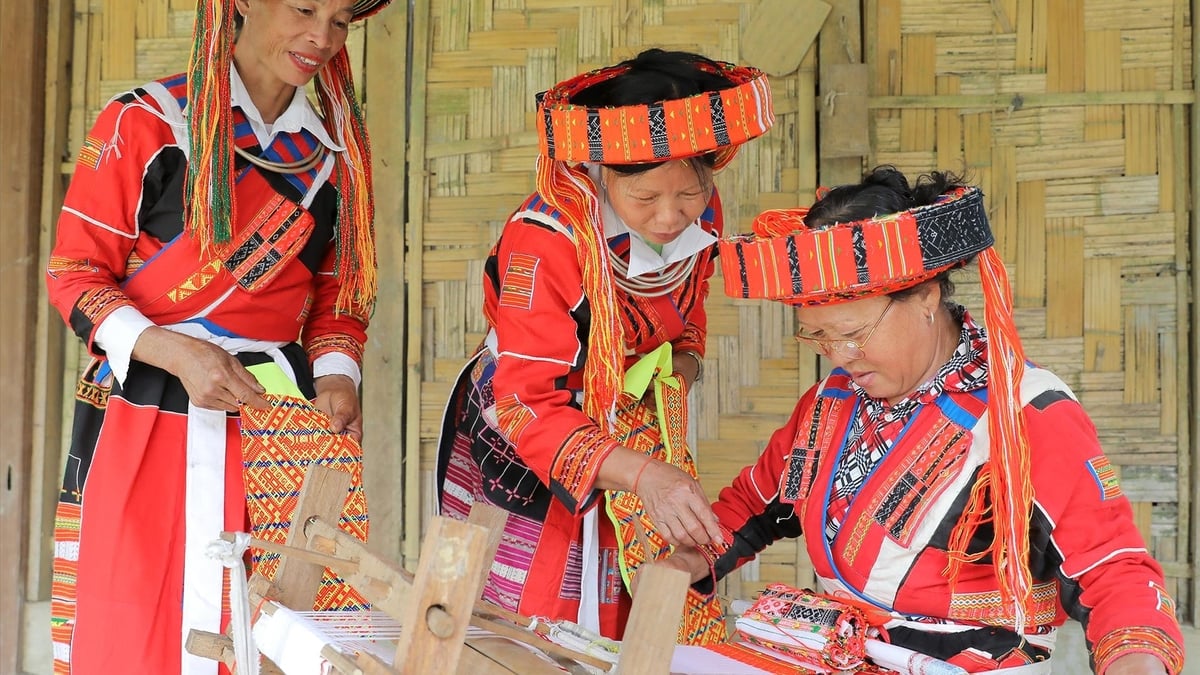
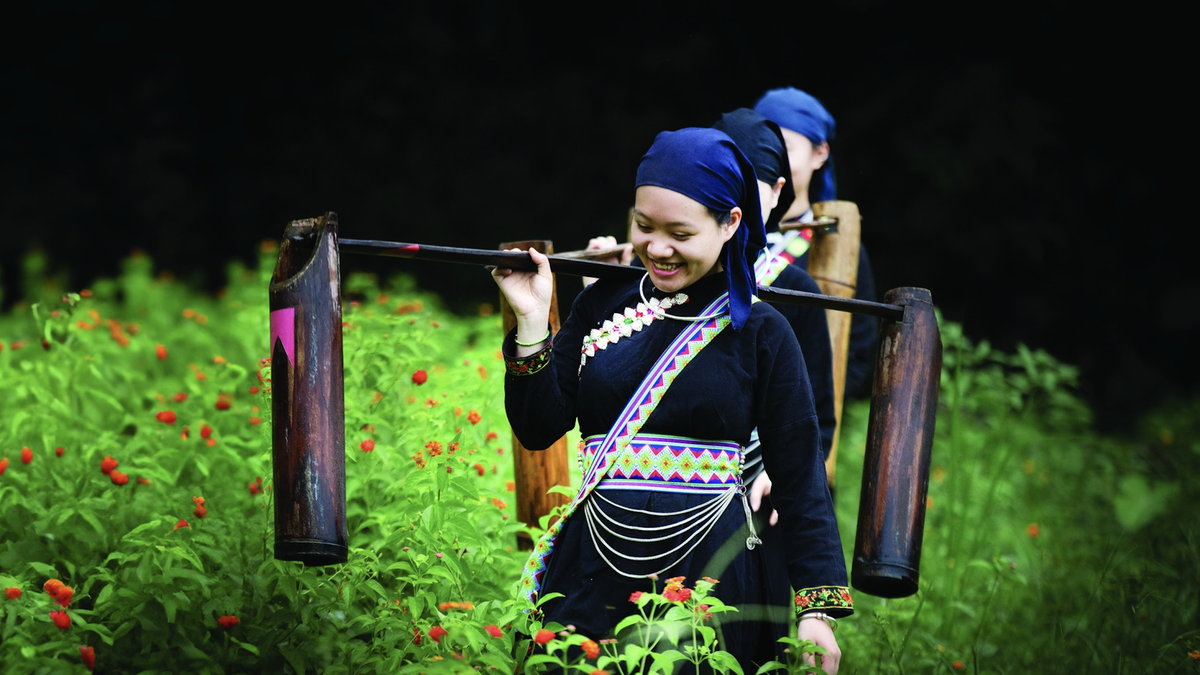
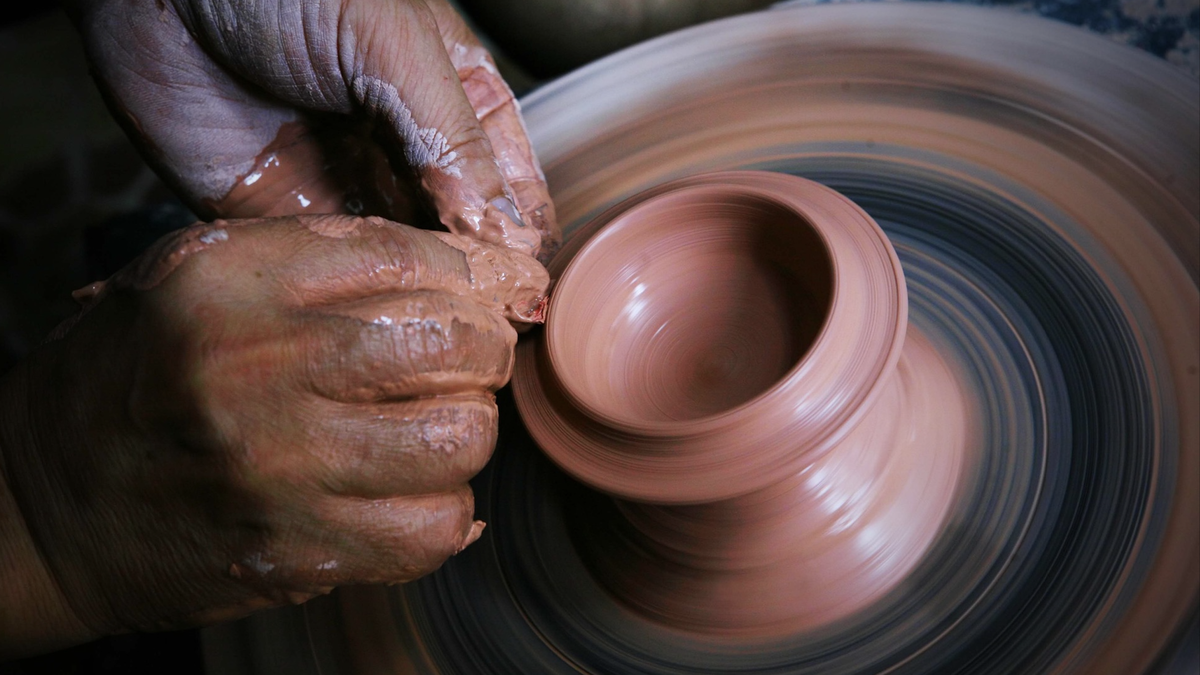
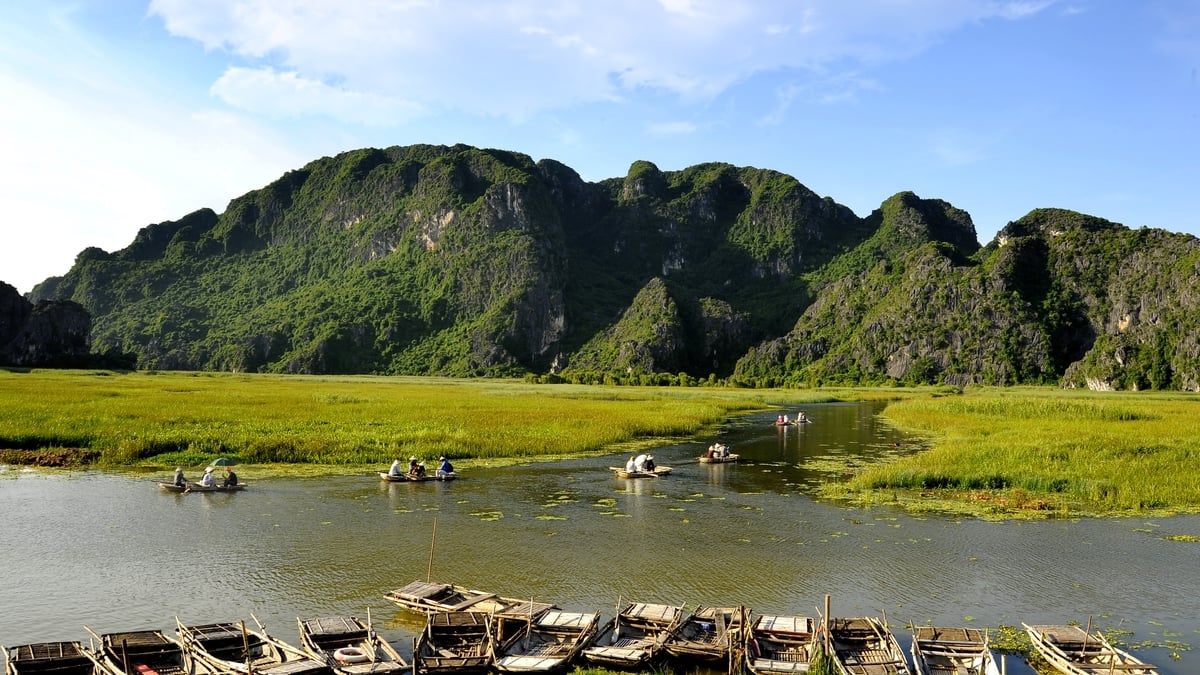



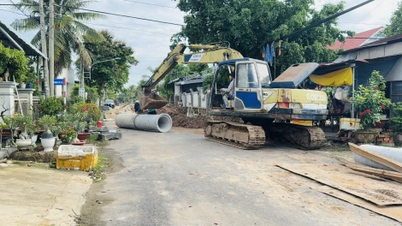
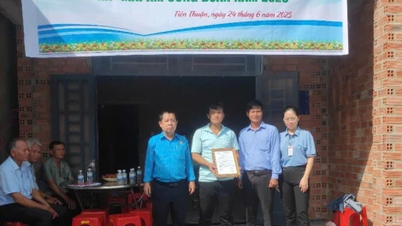
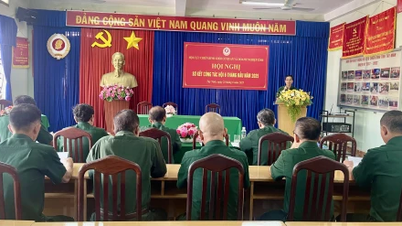






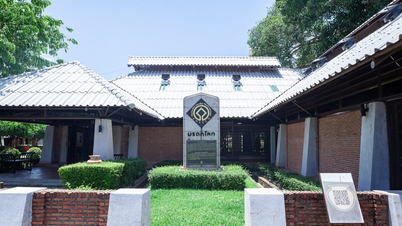
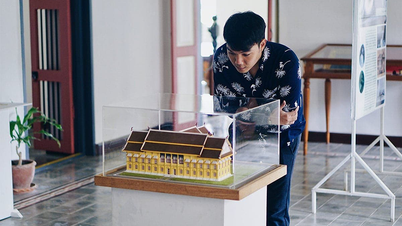
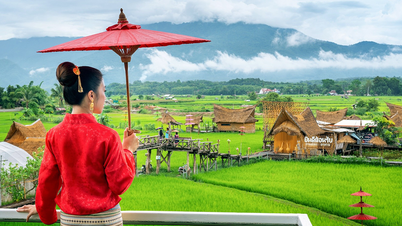
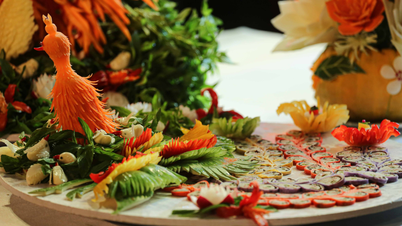
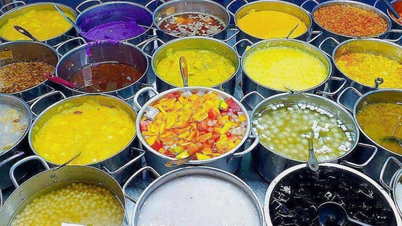
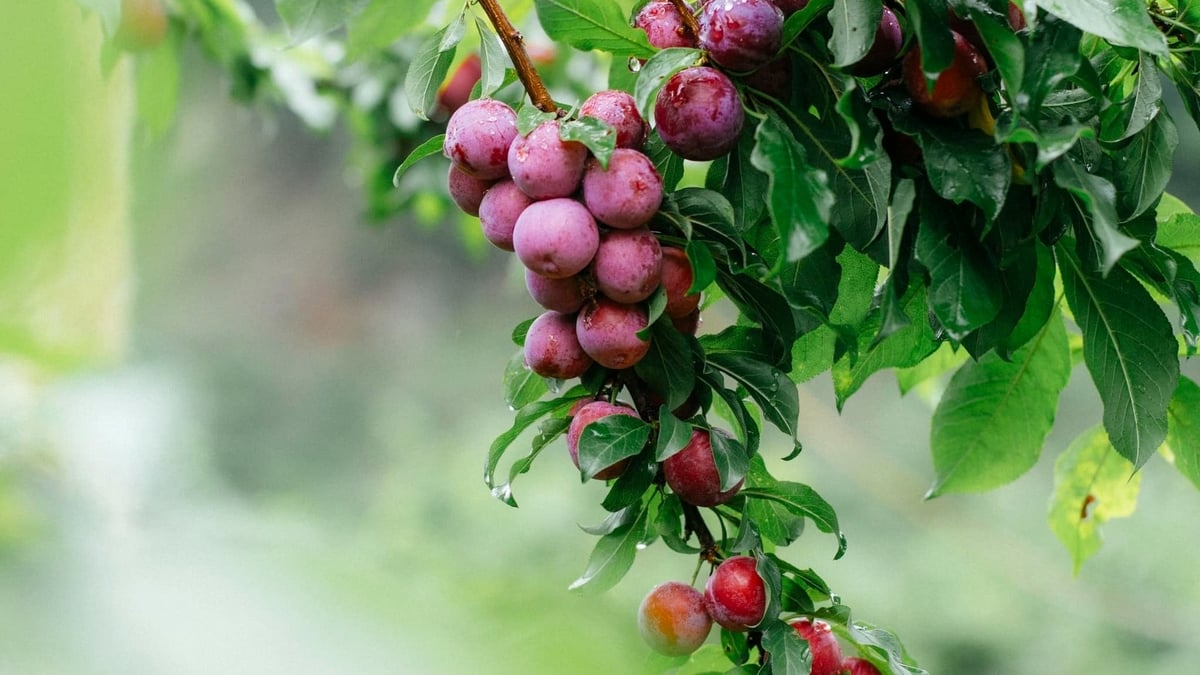




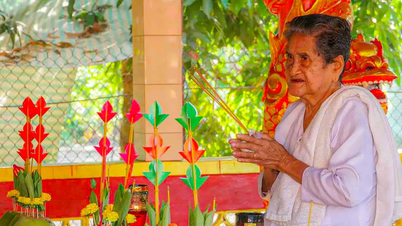




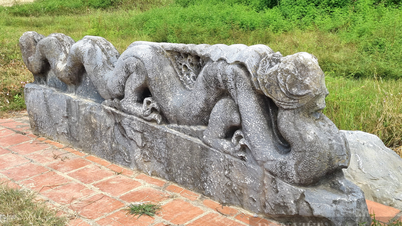


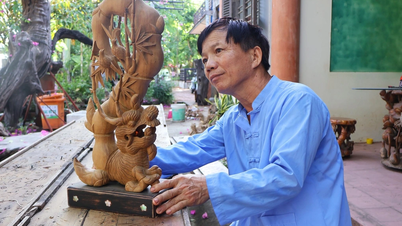

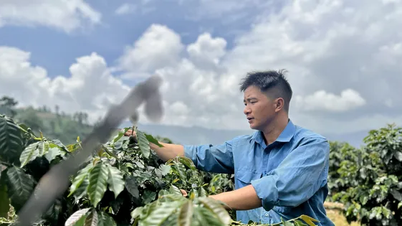

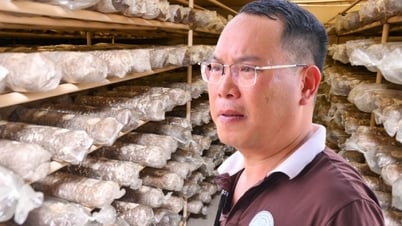



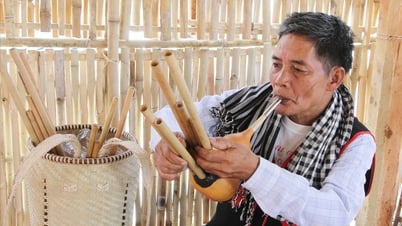



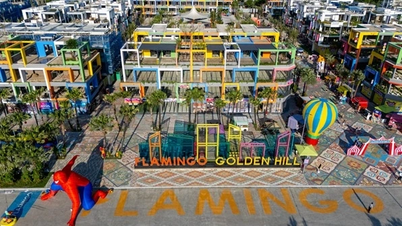






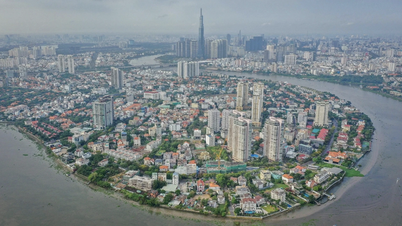







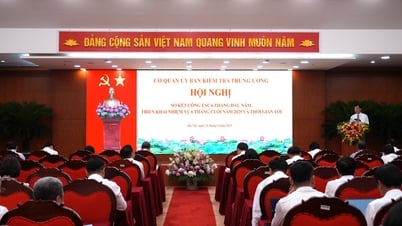












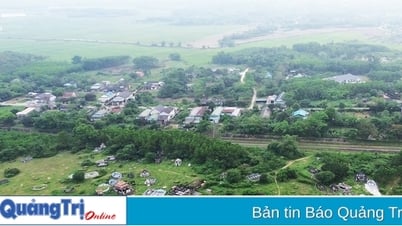




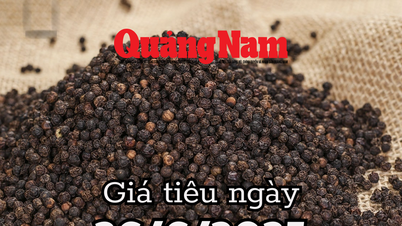













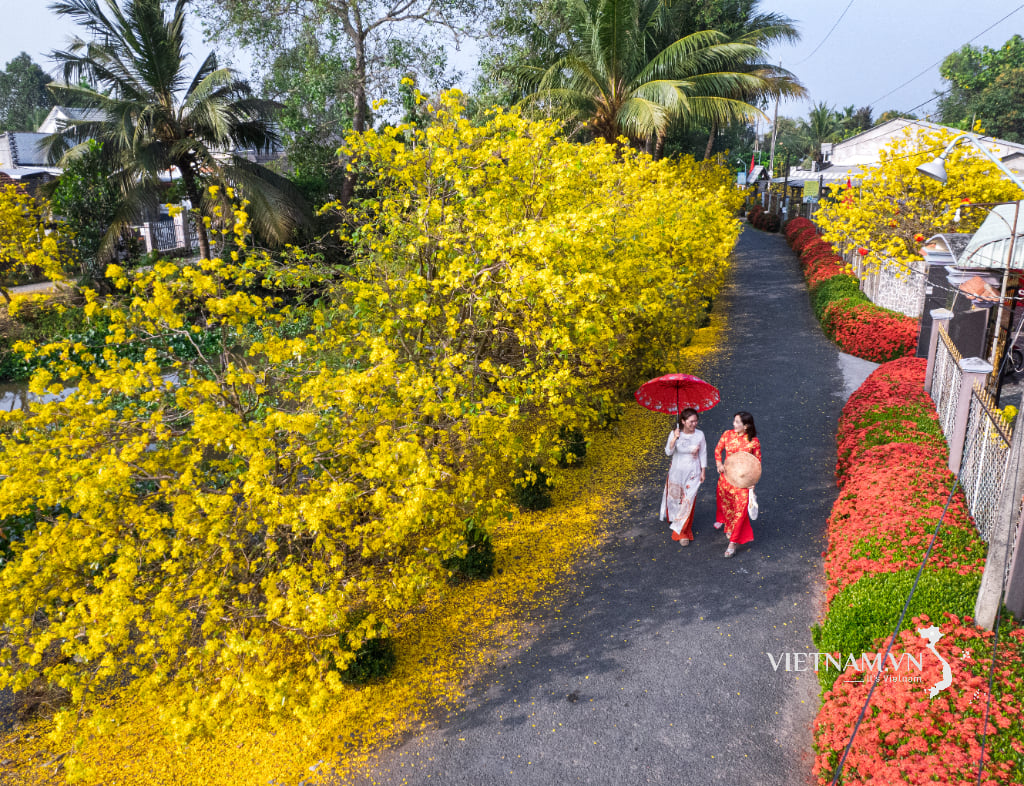

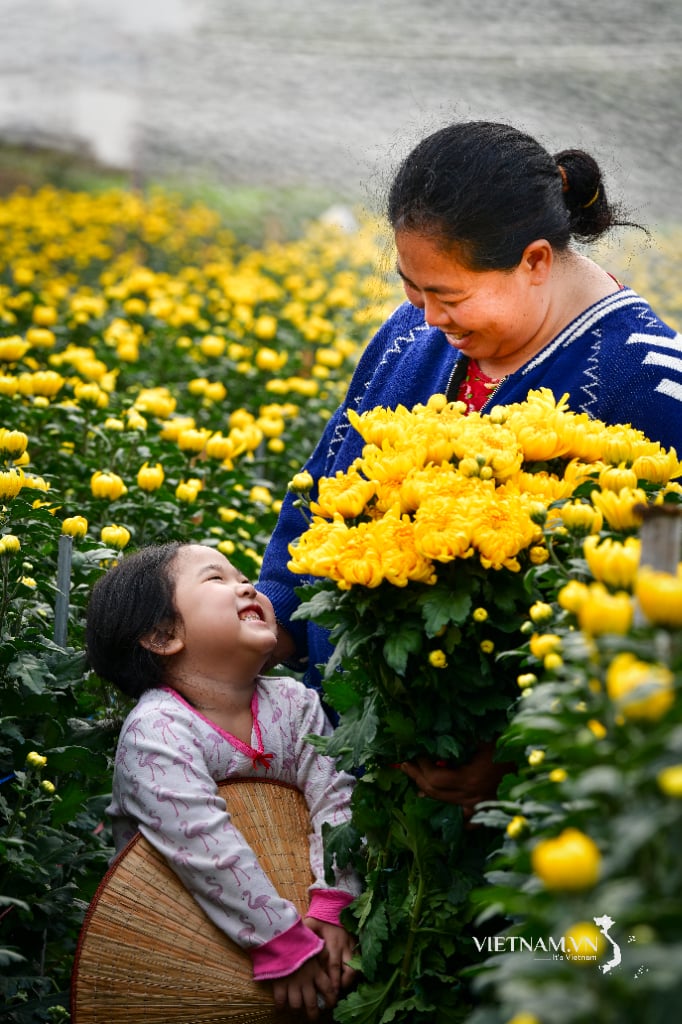
Comment (0)